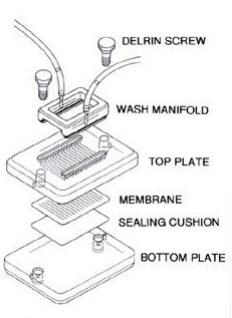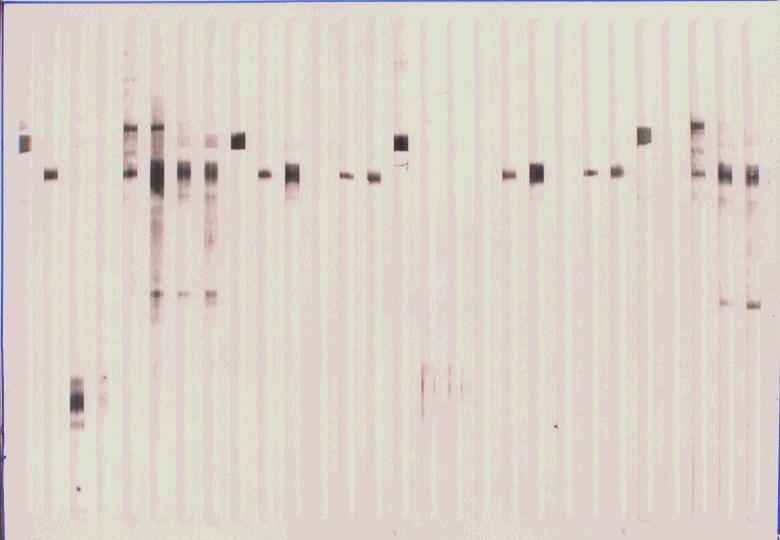Miniblotters

Miniblotters are compact, efficient tools used in Western blot analysis, a fundamental technique in molecular biology for detecting specific proteins in complex biological samples. Western blotting involves several key steps :
- Protein Separation : Samples containing proteins are first separated based on size using gel electrophoresis. The proteins migrate through the gel under an electric field, with smaller proteins moving faster and larger proteins moving more slowly.
- Transfer to Membrane : After separation, the proteins are transferred ("blotted") from the gel onto a membrane, typically made of nitrocellulose or PVDF (polyvinylidene difluoride). This step immobilizes the proteins in a single layer on the membrane, preserving their spatial arrangement from the gel.
- Blocking and Antibody Incubation : The membrane is then treated with a blocking solution to prevent nonspecific binding of antibodies. Next, it is incubated with primary antibodies that specifically bind to the target protein(s) of interest. The primary antibodies are typically raised in animals and are specific to the target protein.
- Detection : After washing away unbound primary antibodies, the membrane is incubated with secondary antibodies that are conjugated to a detection molecule, such as an enzyme or a fluorophore. The secondary antibodies bind to the primary antibodies, amplifying the signal.
- Signal Visualization : The detection molecule produces a visible signal (e.g., a color change or fluorescence) where the target protein is present on the membrane. This signal can be visualized using various techniques, such as chemiluminescence or fluorescence imaging.

Miniblotters streamline this process by allowing for the processing of smaller sample volumes and enabling the simultaneous processing of multiple samples. This is particularly advantageous when sample quantities are limited or when high-throughput screening is required. Miniblotters also reduce reagent consumption, making them more cost-effective than traditional blotting setups. Overall, miniblotters play a crucial role in advancing protein analysis by offering researchers a compact, efficient, and cost-effective tool for Western blotting.

